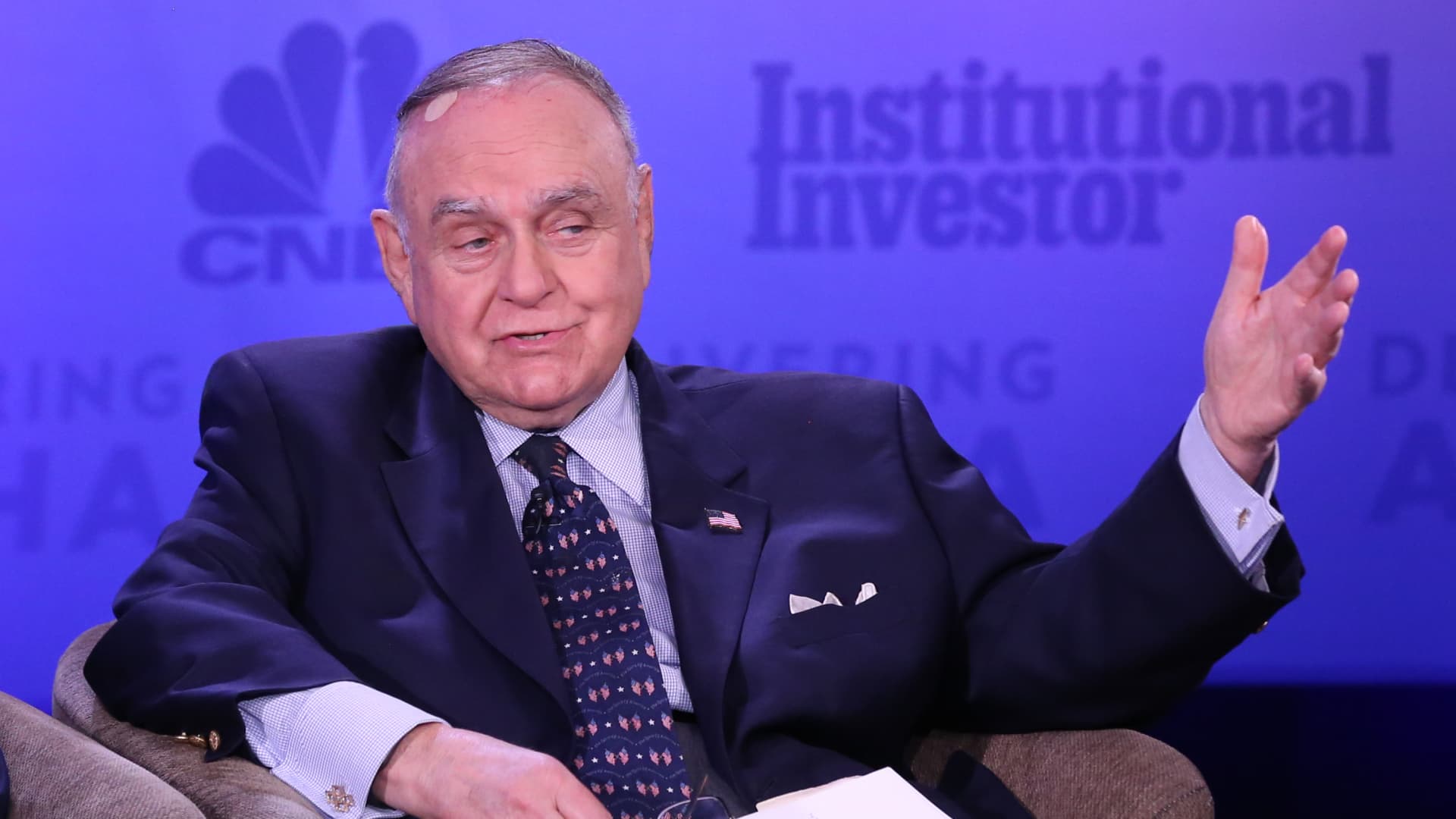China’s second-quarter GDP tops expectations at 5.2%, easing stimulus pressure


High rise buildings, including the China Zun or CITIC Tower (L, back) is seen at the Central Business Distric (CBD) from the Tuanjiehu park in Beijing on June 2, 2025.
Adek Berry | Afp | Getty Images
China’s economy grew at a faster-than-expected rate in the second quarter and exceeded Beijing’s full-year target of 5%, easing pressure on policymakers to step up stimulus to underpin growth.
China’s gross domestic product expanded by 5.2% in the second quarter, according to China’s National Bureau of Statistics on Tuesday. While the growth rate beat Reuters-polled economists’ estimates of a 5.1% growth, it represented a slowdown from the 5.4% in the first quarter.
In June, retail sales growth slowed to 4.8% from a year earlier, compared with the 6.4% year-on-year increase in May. That figure also disappointed Reuters-polled economists’ forecast of 5.4%.
Within that key gauge for consumption, catering sales edged up by just 0.9%, its worst performance since December 2022 when the country grappled with the depths of Covid-19 pandemic, according to Wind Information.
Industrial output expanded by 6.8% from a year earlier, versus median estimates of 5.7%.
Fixed asset investment grew 2.8% in the first half of this year against estimates of a 3.6% increase in a Reuters poll. The slump in real estate investment deepened, falling to 11.2% in the first half of the year, compared to a 10.7% drop in the first five months, while investment in infrastructure and manufacturing also slowed.
The urban unemployment rate remained at 5% in June, after touching a two-year high of 5.4% in February.
“Although growth is likely to slow in the second half-year, the 5% government target may be within reach,” said Tianchen Xu, senior economist at Economist Intelligence Unit, who expected policymakers to refrain from rolling out additional stimulus measures at an upcoming meeting of the Communist Party’s Politburo in late July.
Beijing could hold off major stimulus until September to stage a final push to meet its growth target if momentum falters, Xu added.
In April, U.S. President Donald Trump ratchet up tariffs on Chinese imports to a prohibitive level of 145%, spurring a round of stimulus measures from Beijing, including financial support for exporters struggling to take orders, subsidies for companies that hire fresh graduates and continuous expansion of a consumer goods trade-in program to boost demand.
“We should be aware that there are many unstable and uncertain factors in [the] external environment,” the National Bureau of Statistics said in an English-language release, noting that domestic demand is “insufficient.”
The two sides reached a truce in May, agreeing to roll back most of their tariffs on one another. Their respective trade negotiators later outlined a framework after a meeting in London in June, which involves China expediting approval for exports of rare-earth minerals and Washington walking back its restrictions on Beijing’s access to advanced American technologies and Chinese students’ visas to study in the U.S.
Beijing faces a deadline of Aug. 12 to work out a permanent deal with Washington.
The Chinese leadership in May unveiled a slew of policy steps in its bid to shore up the tariff-hit economy, including cutting interest rates and injecting additional liquidity into the market.
The stimulus measures have helped lift certain aspects of the economy. Both official and private surveys showed an improvement in the manufacturing activity.
Exports have also remained largely resilient in the quarter as businesses accelerated to divert trade to alternative markets. Its U.S.-bound shipment shrank 10.9% this year as of June, while exports to Southeast Asia nations and European Union countries — the groupings China counts as its two largest trading partners — jumped 13% and 6.6%, respectively.
That sent the share of China’s exports to the U.S. to 11.9% in the first half of this year, from 14.1% over the same period last year, according to the customs data released Monday.
While China’s economy has remained on a generally firm footing this year, buoyed by robust exports and support measures, economists are largely cautious of more economic headwinds ahead, calling for the leadership to launch fresh fiscal stimulus.
PBOC advisor Huang Yiping, in a report published last week with two other economists, said that authorities need to add as much as 1.5 trillion yuan in fiscal stimulus to spur household spending and offset impacts from the U.S. tariffs, as well as cut interest rates further.
While the recent economic data suggested China’s economic growth may top 5% in the second quarter, “deeper indicators such as soft consumer price index, weak purchasing managers’ index readings, cautious credit dynamics and elevated migrant worker unemployment point to underlying fragility,” the economists said.
Structural reforms around China’s fiscal plans, pension system and the financial sector are needed to ensure a more balanced, sustainable growth, the economists said.









